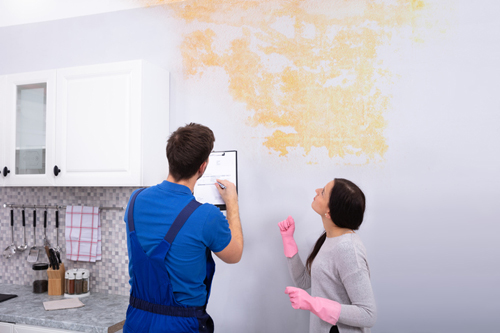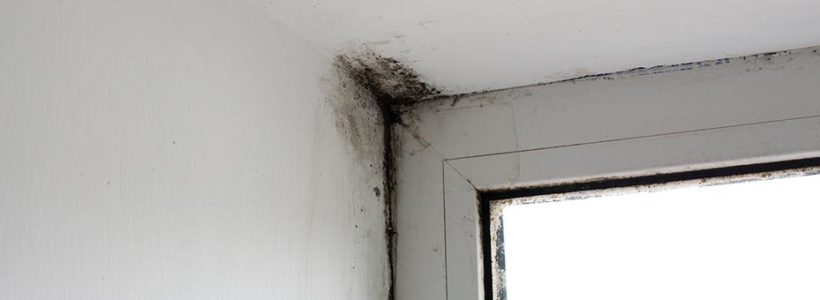Wall Leak Identification and Repair - A Detailed Advice
Wall Leak Identification and Repair - A Detailed Advice
Blog Article
This great article which follows pertaining to How to Remove Water Stains from Walls and Ceilings is seriously motivating. You should check it out.

Water discolorations on walls are not enjoyable to the eyes. Your house should lack stains on the wall surfaces, roofing, or floorings. That is the excellent state of a residence and its structures. Occasionally it appears practically inevitable to experience water spots on wall surfaces in residences.
Property owners living in damp regions regularly deal with the concern of water discolorations on wall surfaces. With exact as well as all-around info on the causes of water spots and also timely repair work processes, you will constantly be an action in advance of such events.
3 Usual Sources Of Water Stains on Wall Surfaces
As opposed to common belief, water spots on wall surfaces do not always stem from poor building products. There are a number of causes of water spots on wall surfaces. These include:
Damp
When hot damp air consults with dry cold air, it triggers water droplets to form on the walls of buildings. This happens in shower rooms as well as kitchens when there is steam from cooking or showers. The water droplets can tarnish the bordering walls in these parts of your house as well as infect various other locations.
Moist or condensation influences the roof and also wall surfaces of structures. When the wall surface is damp, it develops a suitable setting for the growth of fungi as well as germs.
Poor Water drainage
When making a structure strategy, it is essential to ensure adequate drainage. This will certainly avoid water from leaking into the wall surfaces. Where the drain system is clogged or missing, underground moisture builds up. This links to extreme moisture that you observe on the walls of your structure.
So, the leading reason for damp walls, in this situation, can be a bad water drainage system. It can likewise result from bad management of sewage pipelines that go through the structure.
Pipe Leaks
Many houses have a network of water pipes within the walls. This makes certain that the pipelines are faraway from the reach of destructive rodents. It always boosts the feasibility of such pipelines, as there is little oxygen within the wall surfaces. This dissuades corrosion.
A downside to this is that water leak affects the wall surfaces of the building and also causes prevalent damage. A dead giveaway of damaged pipelines is the look of a water stain on the wall.
Pro Suggestion
A houseplant in your home additionally increases its humidity. If the house is already moist, you might desire to present houseplants with minimal transpiration. An instance of ideal houseplants is succulents.
Water Stains on Wall: Fixing Tips
When dealing with water stains, homeowners would usually want a fast fix. Yet, they would certainly quickly understand this is detrimental as the water spots persist. Here are a few handy pointers that will assist you in the repair of water spots on wall surfaces:
Final thought
Although nobody wishes to have water stains on walls in their house, it can take place to the most effective people. This write-up offers you leverage, as you currently understand just how to handle this incident if it does occur.
It is constantly best to hire specialist services to assist fix the problems in your house.
Sometimes it appears almost inescapable to experience water stains on wall surfaces in residences.
In contrast to preferred idea, water spots on wall surfaces do not constantly stem from inadequate building materials. There are a number of causes of water stains on walls. The water droplets can stain the bordering wall surfaces in these components of your residence and spread to other areas.
Below are a couple of helpful tips that will certainly direct you in the repair of water spots on walls:
CHECKING FOR WATER DAMAGE
Water damage can be costly, and it may begin before you even notice the first signs of trouble. Water damage can cause mold and mildew in your walls and floors, which can create an abundance of health concerns for your family. It can also lead to costly repairs of various appliances and general home fixtures. To avoid the pricey consequences of water damage, here are Warner Service’s top 5 places you should check:
The walls – The easiest place to spot the beginnings of water damage is on the walls and ceilings of your home. If water damage is present, there will most likely be water stains, especially around the windows and doorframes, and/or cracks in the drywall. If a stain looks unusual (discolored to brown, black or gray, raised texture), has a swollen appearance or is soft to the touch, contact a professional immediately. The pipes – To avoid water damage, consistently check the pipes in your kitchen (especially the dishwasher and ice maker), bathrooms, laundry room (specifically washing machines) and basement for corrosion, leaks and water stains. Pay special attention to where the pipes connect in your home and the location of caulking around the bathroom fixtures, including toilets, sinks, showers and tubs. Missing or loose caulking and grout could be signs of leaking water. This seepage can also quickly cause mold and rust, so double check your water heater and tank for wet spots on the floor. The floor – Water damage is very easy to spot on the floor. Look for any warping or buckling of the material, especially in the basement. If your home has wood flooring, look for bright white or dark stains. If your home has carpeting, keep it dry and clean. A damp carpet that smells of mold could cause water damage and health problems. To avoid this, consider installing floor pans under your appliances to help prevent damages from small, slow and undetected leaks. The basement and attic – If your basement or attic smells odd check for mold and mildew around the area, especially the valley where the roof meets. While you are inspecting those areas, check for wall cracks, floor stains, rust and dampness in the insulation. If you live in a colder and/or rainier climate, perform routine checks for water damage from melting snow or ice and rain. The exterior – Check the roof for damaged flashing and missing, cracked or curled shingles. There should also be no standing water anywhere outside your home. This could be caused by puddles, leaky rain gutters or hoses, poor drainage, or short gutter spouts. Invest in a sump pump system or water flow monitoring system, and perform routine maintenance on these outdoor appliances to avoid indoor water damage.

Hopefully you enjoyed reading our topic about How to Find and Repair Water Leaking in the Wall. Thank you so much for taking time to read through our piece. Sharing is nice. Who knows, you might be doing someone a favor. We recognize the value of reading our article about How to Remove Water Stains from Walls and Ceilings.
Get A Quote Report this page